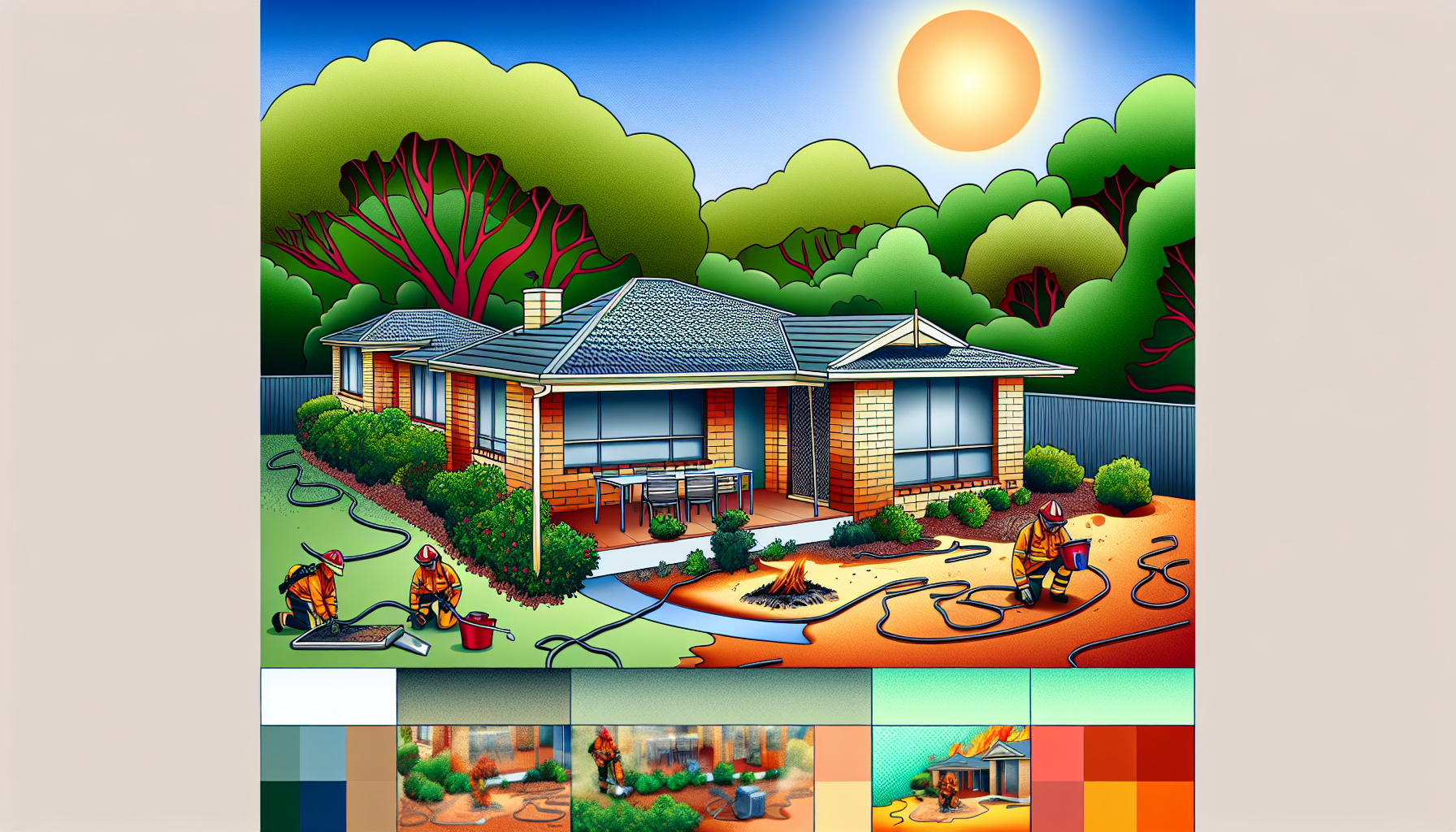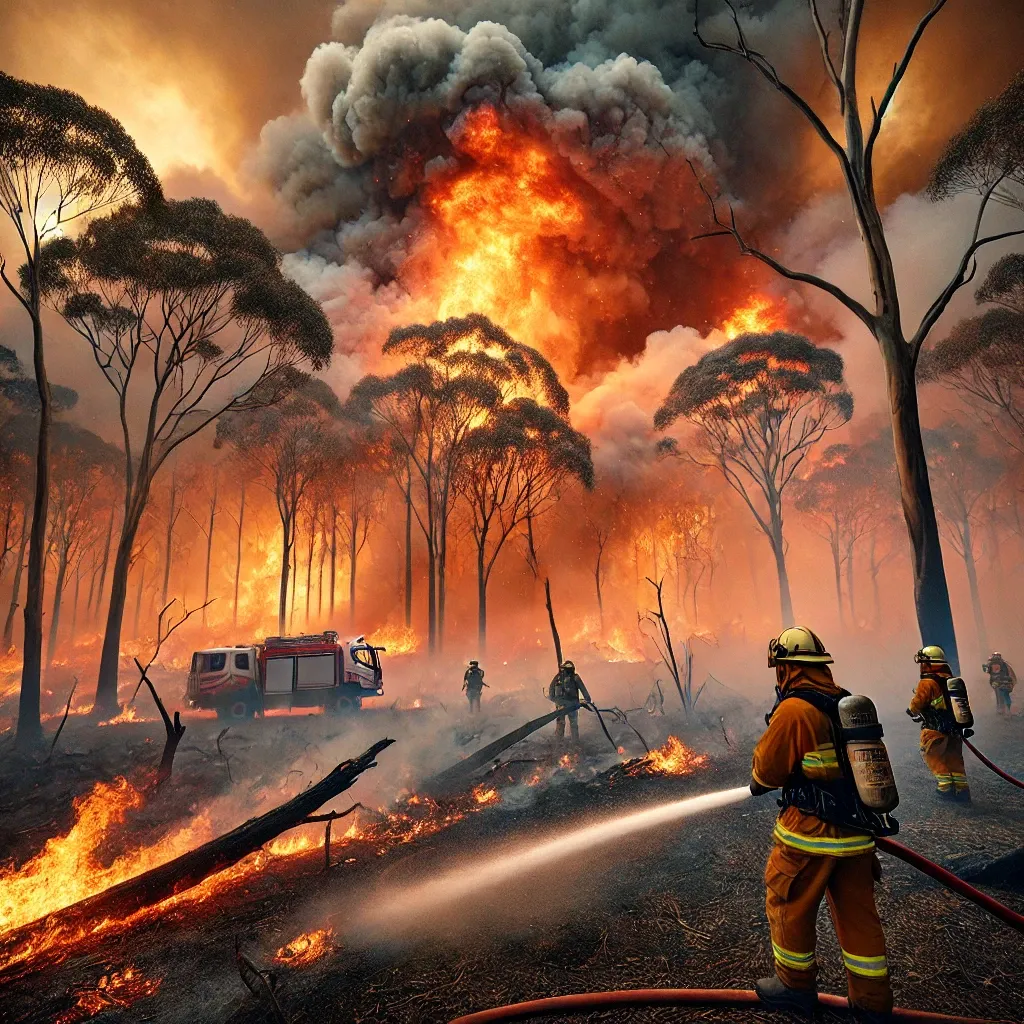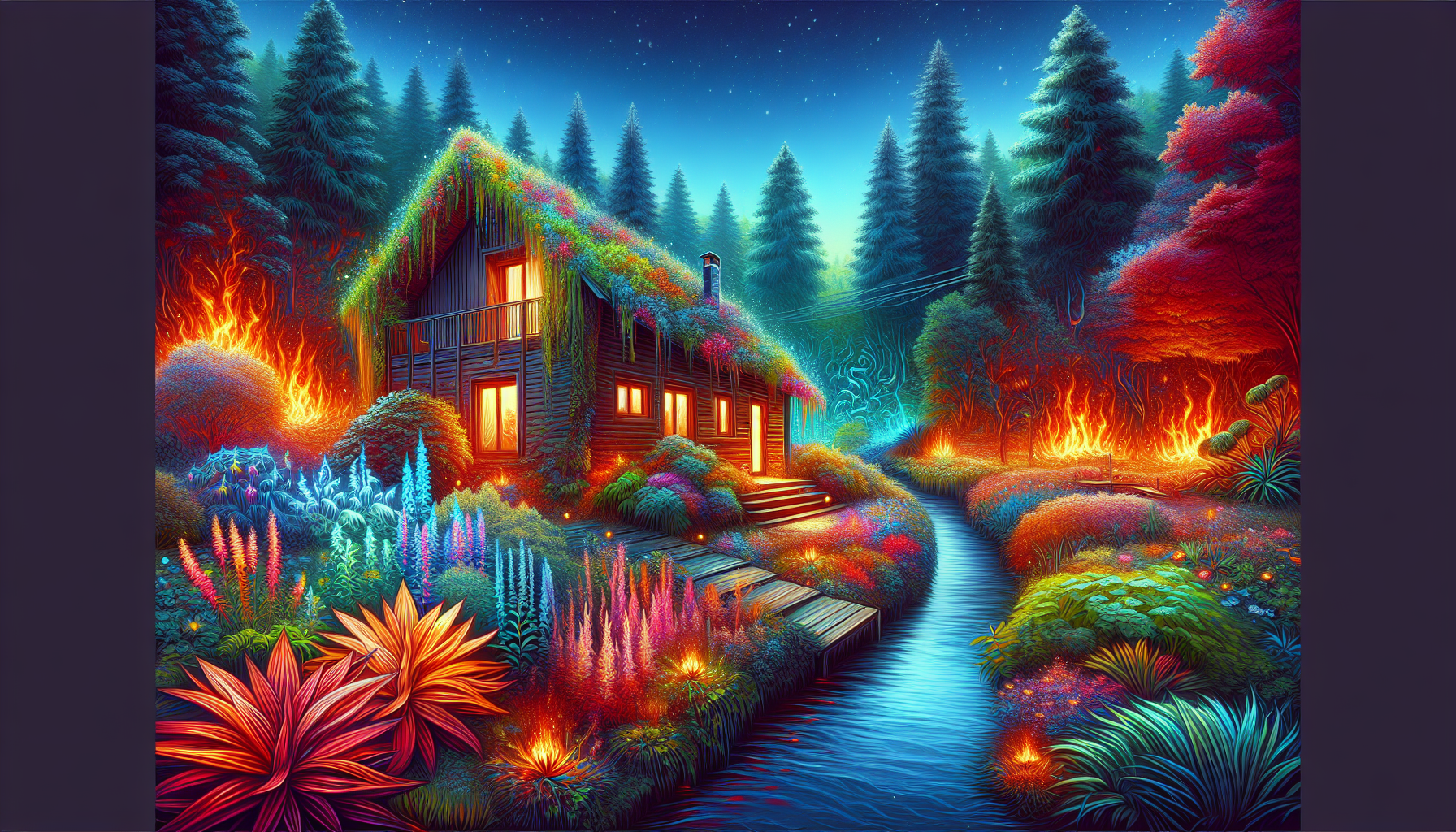Ah, bushfire season in Australia—the time of year when the great outdoors decides it wants to come indoors. If you live in an area that’s likely to have bushfires, you know that these fires aren’t just scary—they’re fast, unpredictable, and can cause a lot of damage in minutes. But don’t worry, mate. With a little preparation, you can help your home survive the hot summer and possible bushfire threat. At Fire Rescue Classifieds, we’re not just about fighting fires—we’re about stopping them before they start too. So grab a cuppa, settle in, and let’s get going with our guide to bushfire-proofing your home.
Why You Should Care About Bushfire Preparation
First off, let’s talk about why this is so important. Australia is the land of golden beaches, cool animals, and yes—really strong bushfires. In the last decade alone, bushfires have caused billions of dollars in damage and claimed many lives. Preparing your home isn’t just something you should do; it’s absolutely necessary. Not only can it protect your house, but it could also save your life.
So, let’s do this right, shall we? Imagine your well-prepared home standing strong while Kevin next door finds out the hard way that saying “I’ll do it tomorrow” isn’t a smart bushfire plan. (Sorry, Kevin.)
Step One: Assess Your Bushfire Risk
Here’s where you become like a detective and do some investigating. Not all places face the same bushfire risk.
- Location, location, location. Are you near bushland, grasslands, or forests? If you answered “yes,” congratulations: You’re at higher risk.
- Consult local resources. Councils often have fire danger maps that can tell you what you’re dealing with in your area. Check out your state’s online bushfire safety portals for more info.
- Look around. Is your yard filled with dry leaves, untrimmed trees, or rogue patches of grass? That’s like setting out a welcome mat for embers.
Remember, bushfires don’t discriminate. Whether you’re in the middle of the Outback or on the city’s edge, it pays to stay prepared.
The Bushfire Survival Plan
Think of this as your blueprint to safety. Without a survival plan, you’re basically making it up as you go during one of nature’s most dangerous events. Don’t do that—it’s not fun.
Your plan should include:
- To go or not to go? Decide NOW whether you’ll stay and defend your home or leave early if a fire hits. Spoiler alert: Defending is only for the hardcore (and well-prepared). Leaving early is always the safest choice.
- Escape routes. Know at least two ways out of your property in case one’s blocked. Trust us, it’s better than playing “Choose Your Own Adventure” under pressure.
- Family communication. What’s the plan if you’re all in different places when disaster strikes? Set up a meeting point and have a backup plan for contacting each other.
- Pet preparedness. Don’t forget your furry or feathered friends! Make sure to include them in your plans and have a strategy to evacuate them safely.
Not sure how to start? Templates and guides are available on state fire safety websites like the CFA (Country Fire Authority) or RFS (Rural Fire Service). What’s more practical than a pre-made checklist?
Get Your Property Bushfire-Ready
Time to channel your inner landscaper and home-improvement guru. The less fuel you leave around your property, the smaller the chance a bushfire has to gain strength. Here’s your to-do list:
Outdoors:
- Clear gutters. Don’t let dry leaves turn your roof into a bonfire starter kit.
- Trim trees. Overhanging branches near your roof or windows? Chop, chop! (Pun intended.)
- Firebreak maintenance. Keep a clear space around your home—no debris, no long grass, no excuses.
- Flammable objects? Out! Move wooden furniture, gas bottles, or firewood FAR away from your home.
- Garden gear. Keep compact green shrubs close to your house instead of dry, scratchy plants that scream “Burn me!”
Around the House:
- Ember-proof your home. Put fine metal mesh over windows, vents, and doors to keep those pesky flying embers out.
- Seal roof and wall gaps. Embers are sneaky and love finding a way in.
- Choose metal fences over wood. Sure, wood looks nice, but it’s basically a fire’s favorite thing. Go for metal or other non-flammable materials instead.
Spending a few weekends preparing your property can mean the difference between disaster and just another hot summer day.
The Ultimate Bushfire Emergency Kit
Don’t wait until fire season to start tossing things into a bag. Your bushfire emergency kit should be prepped and ready to go way ahead of time. Here’s what you’ll need:
- A battery-operated radio for updates. (Yes, radios still exist and are really useful!)
- Bottled drinking water—at least three liters per person.
- Non-perishable food, because nobody wants to be hungry in an emergency.
- Protective clothing: Think long sleeves, pants, thick gloves, and sturdy shoes. (Swap those thongs for boots.)
- Copies of important documents like ID, property deeds, and insurance info.
- A first aid kit with all the essentials, plus any prescription medications.
- A torch, spare batteries, and a backup charger for your phone.
Double-check your kit yearly—because expired snacks or leaking batteries won’t help when you really need them.
Stay Informed and Act Fast
Let’s face it, nobody wants to end up in the middle of a bushfire without a clue of what’s going on. That’s why staying informed can literally save lives.
- Download bushfire apps like Fires Near Me (NSW) or VicEmergency that offer real-time updates.
- Know your local emergency broadcaster radio stations. Because even without Wi-Fi, information is key!
- Learn the Fire Danger Ratings: Know what each rating means, and be ready to act if conditions escalate to “Extreme” or “Catastrophic.”
A word of advice: Don’t try to “wait and see” if the situation improves. Bushfires move faster than a kangaroo hopped up on energy drinks—leave early.
Practice Makes Perfect
The only way to know your plan works? Practice it. Yes, the neighbors might think you’re overreacting when they see you and the family running fire drills. But would you rather look a bit silly now or panic later when every second counts?
Test evacuation routes, review your bushfire plan with the whole family, and make sure everyone knows what to do. Plus, you can always use it as an excuse to give your kids the “fun” chores, like clearing leaves and packing the emergency kit.
Stronger Together: Community Preparedness
You know what they say, “It takes a village to survive a bushfire.” (Okay, maybe they don’t say that exactly, but they should.) Work with your neighbors to prep your street or block:
- Share tools and resources, like fire pumps or tractors.
- Work together on creating wide firebreaks across multiple properties.
- Plan a group evacuation strategy and keep each other informed about fire risks.
- Attend local fire safety workshops or training sessions hosted by authorities.
Community action not only reduces fire risks but builds strong bonds that’ll help you weather any storm—or in this case, any bushfire.
Lessons From the Past
We’ve all seen the devastating footage from disasters like Black Saturday (2009) or the 2019-2020 Black Summer fires. These events remind us that preparation can’t be an afterthought. People who left early, prepared their properties, and stayed informed were far more likely to come through unharmed. Learn from their successes and the mistakes of others—it could mean the difference between survival and heartbreak.
Final Word
Summers in Australia are no joke, but with proper preparation, you don’t have to live in fear of bushfire season. Understand your risk, have a plan, prepare your property, and stay informed. Oh, and maybe give Kevin next door a nudge—you don’t want his overgrown backyard undoing all your hard work!
At Fire Rescue Classifieds, we believe in being proactive so that every Aussie can stay safe and sound during bushfire season. Because at the end of the day, fire safety isn’t just about protecting your home—it’s about protecting what matters most: your family, your pets, and your peace of mind. Stay safe, legends!
P.S. Don’t forget to share this blog with friends and neighbors. Fire safety is better when it’s a team effort!




